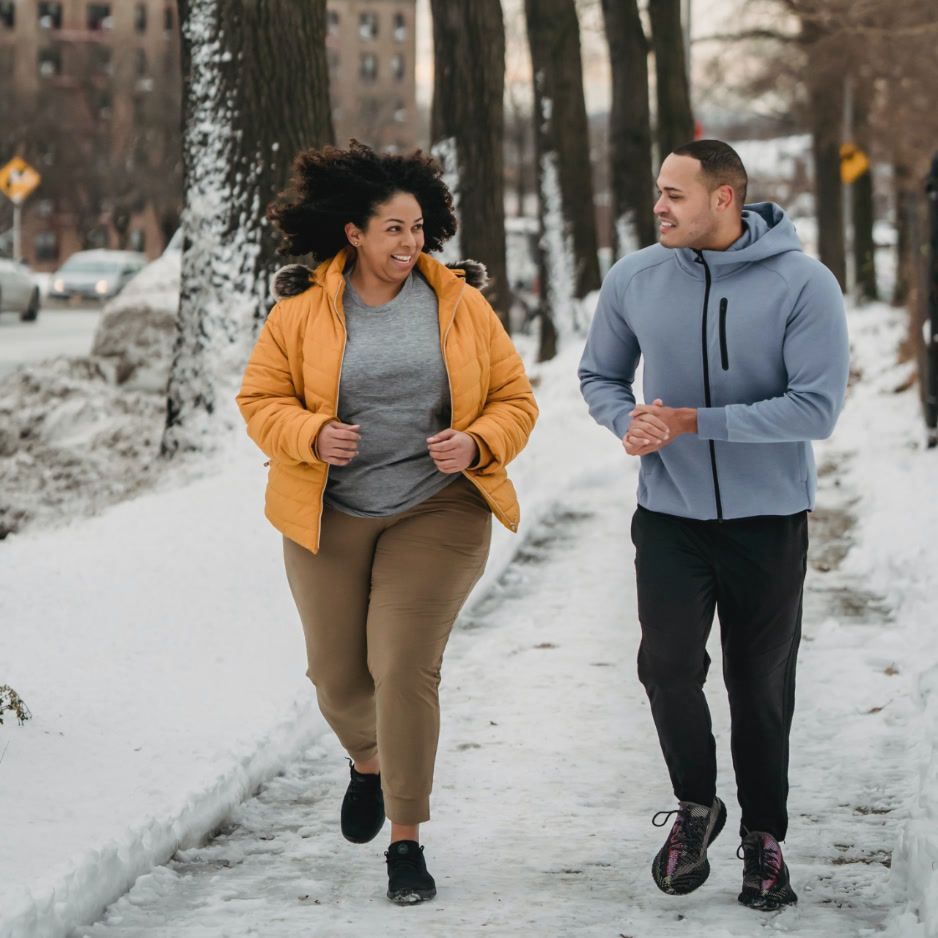How to Stop Sugar Cravings: 19 Proven Strategies
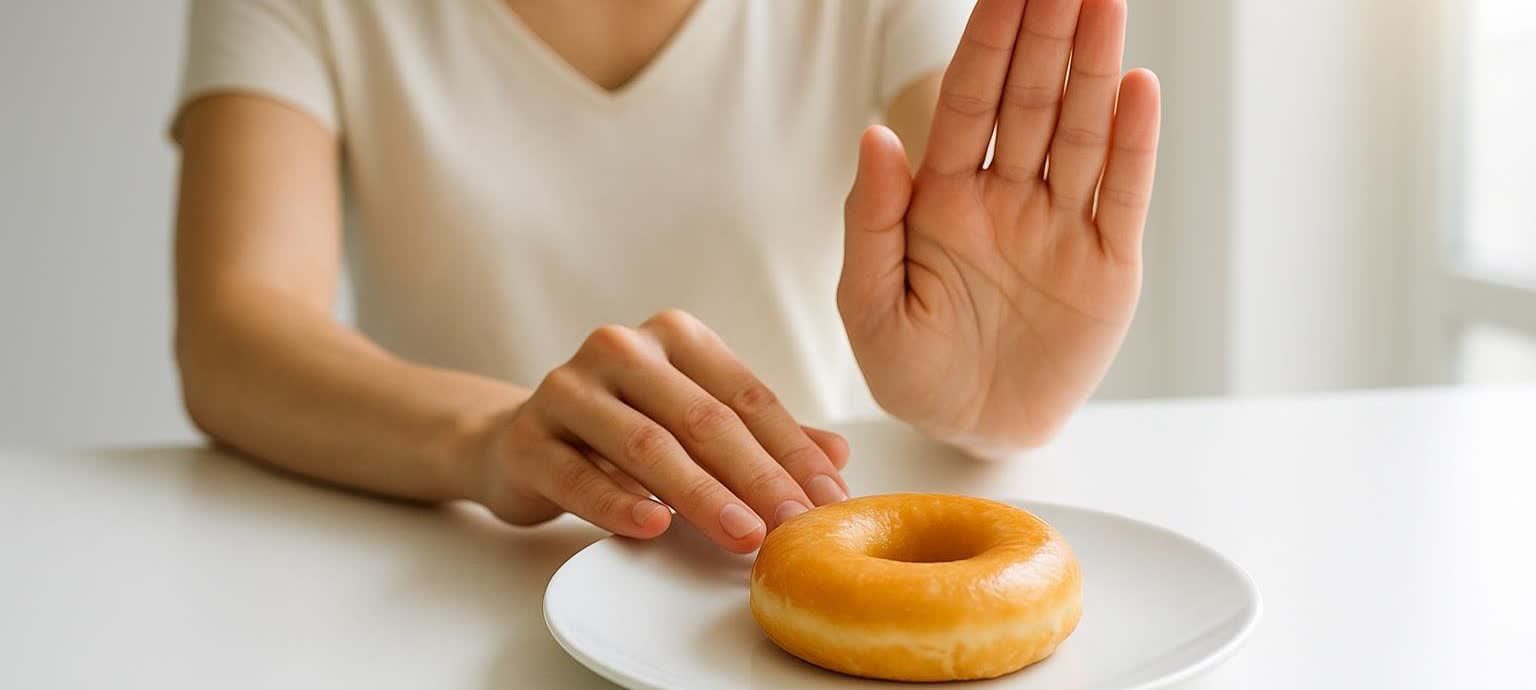
How to Stop Sugar Cravings: 19 Proven Strategies
Sugar cravings can feel like a tiny voice inside your head that gets louder the longer you ignore it—especially when the office donut tray or your kids’ snack drawer is within reach.
The good news? Beating those urges isn’t about iron-clad willpower; it’s about understanding the why behind cravings and putting a few proven systems in place.
Why We Crave Sugar (Physiology + Psychology)
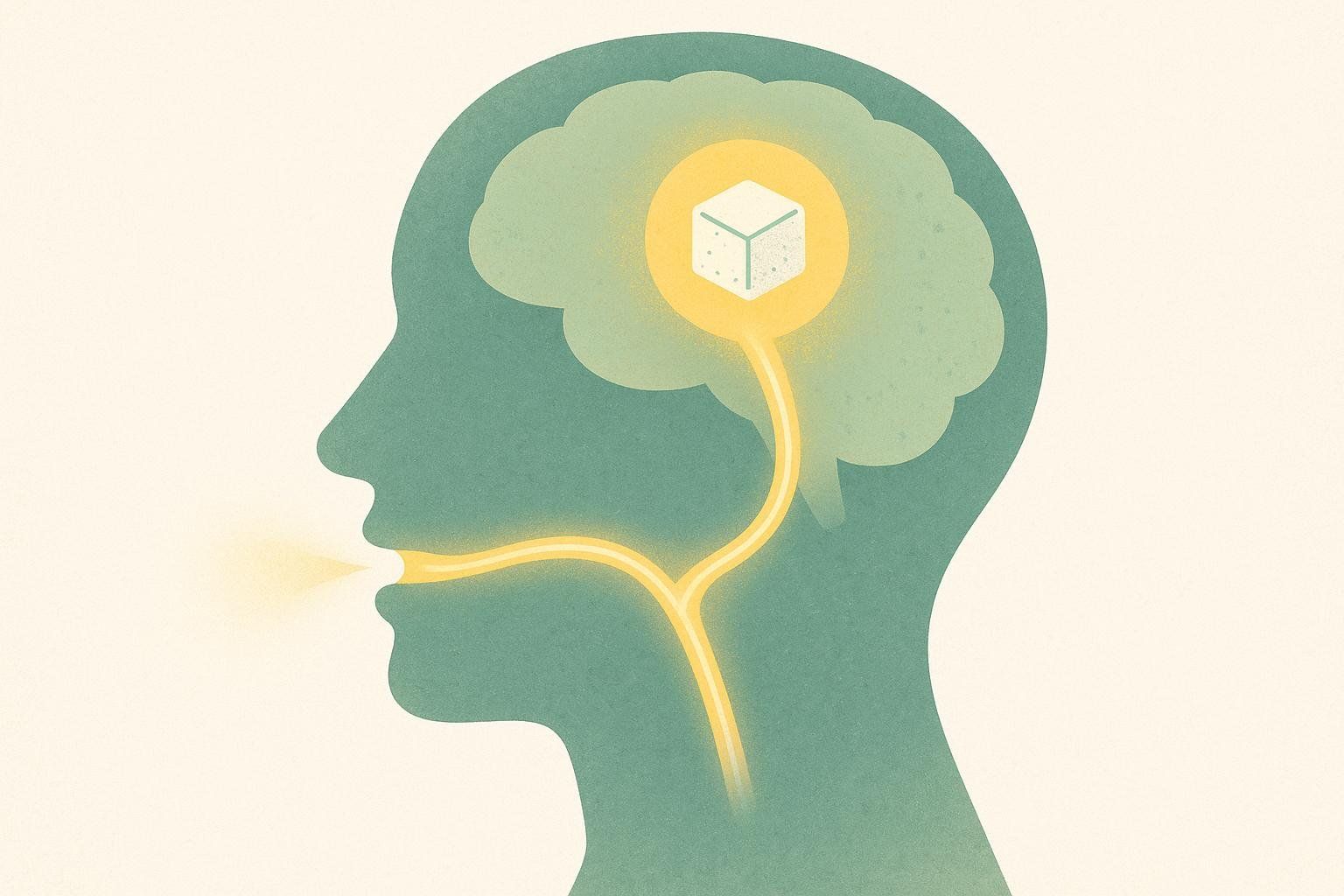
- The brain’s reward circuit. Sweet foods rapidly stimulate dopamine release in the brain’s nucleus accumbens—the same pathway associated with motivation and reinforcement (Avena et al., 2008).
- Blood-sugar roller coasters. Ultra-processed carbohydrates digest quickly, causing a rapid glucose rise followed by a crash that signals the body to seek fast fuel again.
- Hunger hormones gone rogue. Sleep loss raises ghrelin (which stimulates appetite) and lowers leptin (which signals fullness), driving the urge for calorie-dense foods (Spiegel et al., 2004).
- Emotional triggers. Stress, boredom, and celebrations can prompt eating that has little to do with physical hunger (Diabetes UK).
Quick Craving Crushers (Do These in the Next Few Minutes)
| Action | Why It Works | How to Do It |
|---|---|---|
| Drink 12 oz of water | Mild dehydration can masquerade as hunger. | Keep a filled bottle on your desk; set hourly phone reminders. |
| Chew sugar-free gum | Minty flavor triggers sensory “meal finished” cues. | Pop a piece after lunch or whenever cravings spike. |
| Stand up + walk 300 steps | Provides a mental distraction and helps regulate appetite signals. | Two laps around the office floor ≈ 300 steps. |
| Eat 15 g of protein | Protein boosts satiety hormones and steadies blood sugar. | Grab jerky or any option from our 25 High-Protein Snacks. |
| Brush your teeth | A fresh, minty palate reduces desire for sweet flavors. | Keep a travel toothbrush at work or in your gym bag. |

Pro tip: Cravings are usually brief—ride them out with any of the tactics above and they often pass on their own.
Build a Plate That Prevents Cravings (Nutrition Strategies)
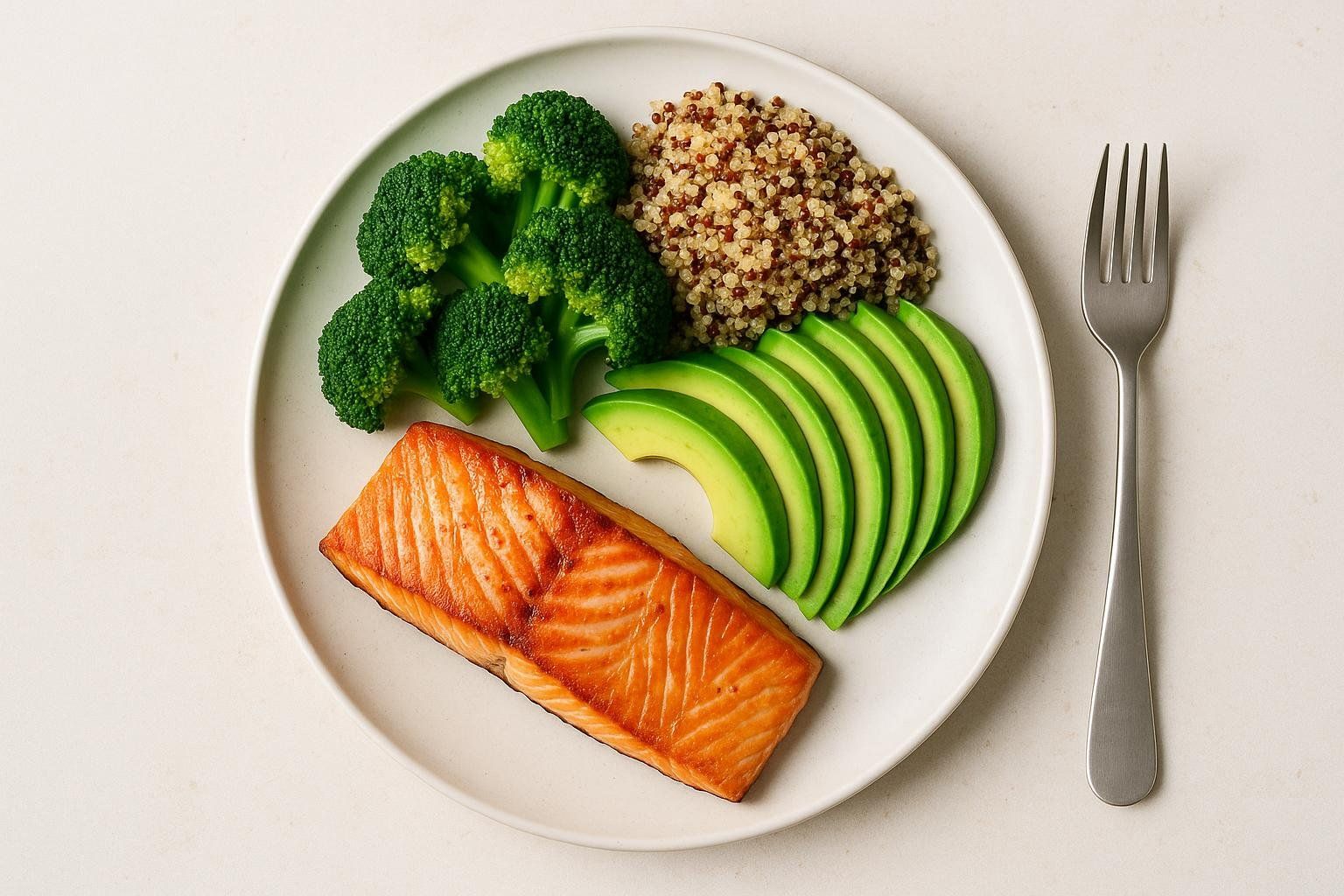
- Anchor every meal with 25–35 g of protein. Protein takes longer to digest and keeps the “I’m full” signal on for hours (Cleveland Clinic).
- Add high-fiber carbs—think quinoa, beans, berries, or sweet potato—to slow glucose entry into the bloodstream.
- Don’t fear healthy fats. Avocado, nuts, and olive oil extend satisfaction so you’re not rummaging for sweets 90 minutes later.
- Crowd out ultra-processed foods. The more sweetened foods you eat, the less sensitive your taste buds become—creating a cycle of needing more sweetness to feel satisfied (Healthline).
- Time meals consistently. Skipping lunch sets up a blood-sugar dip that intensifies afternoon candy urges.
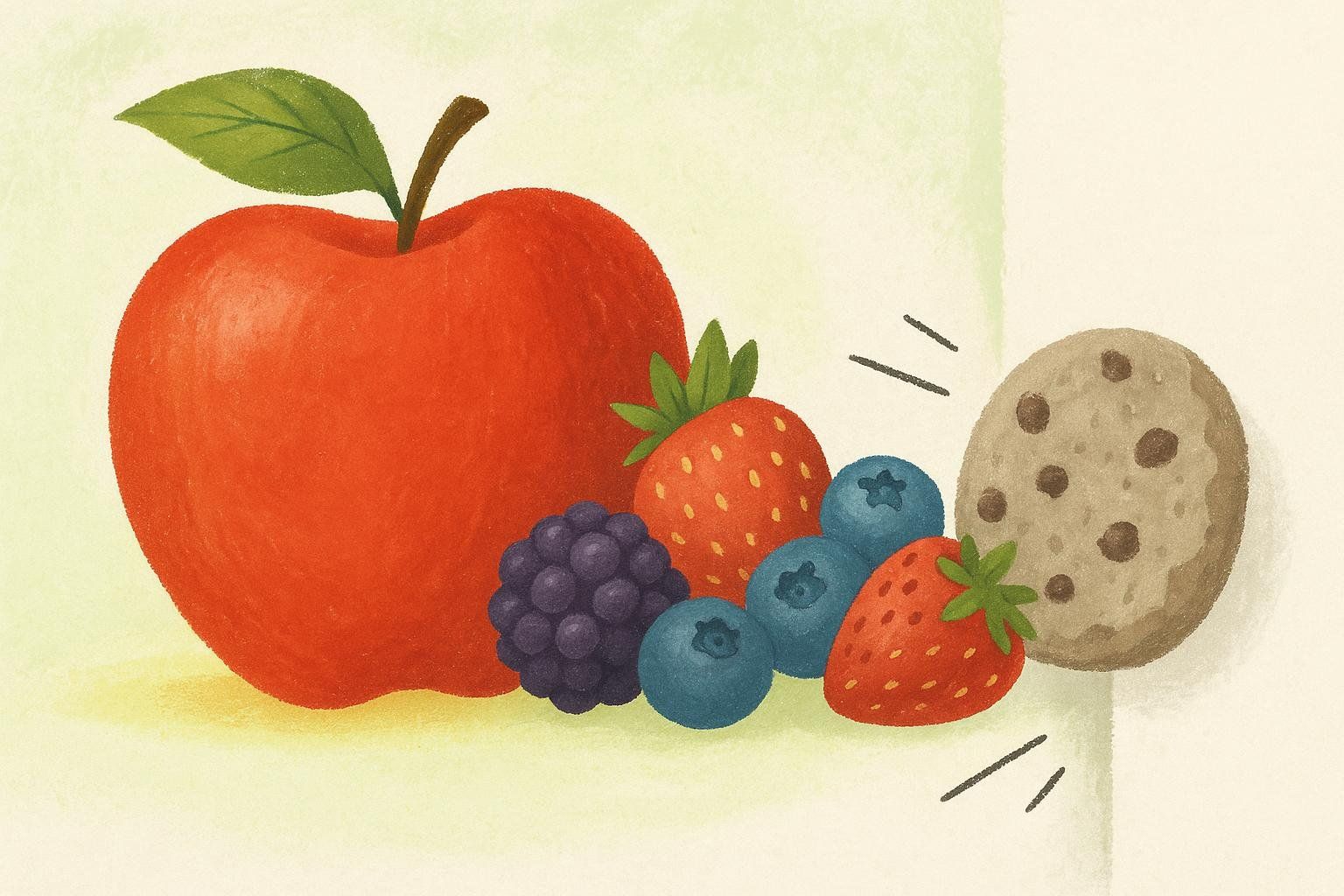
To understand how carbohydrates and sugars contribute to your daily diet, use our Ultimate Carb Calculator.
Best Foods to Curb Sugar Cravings
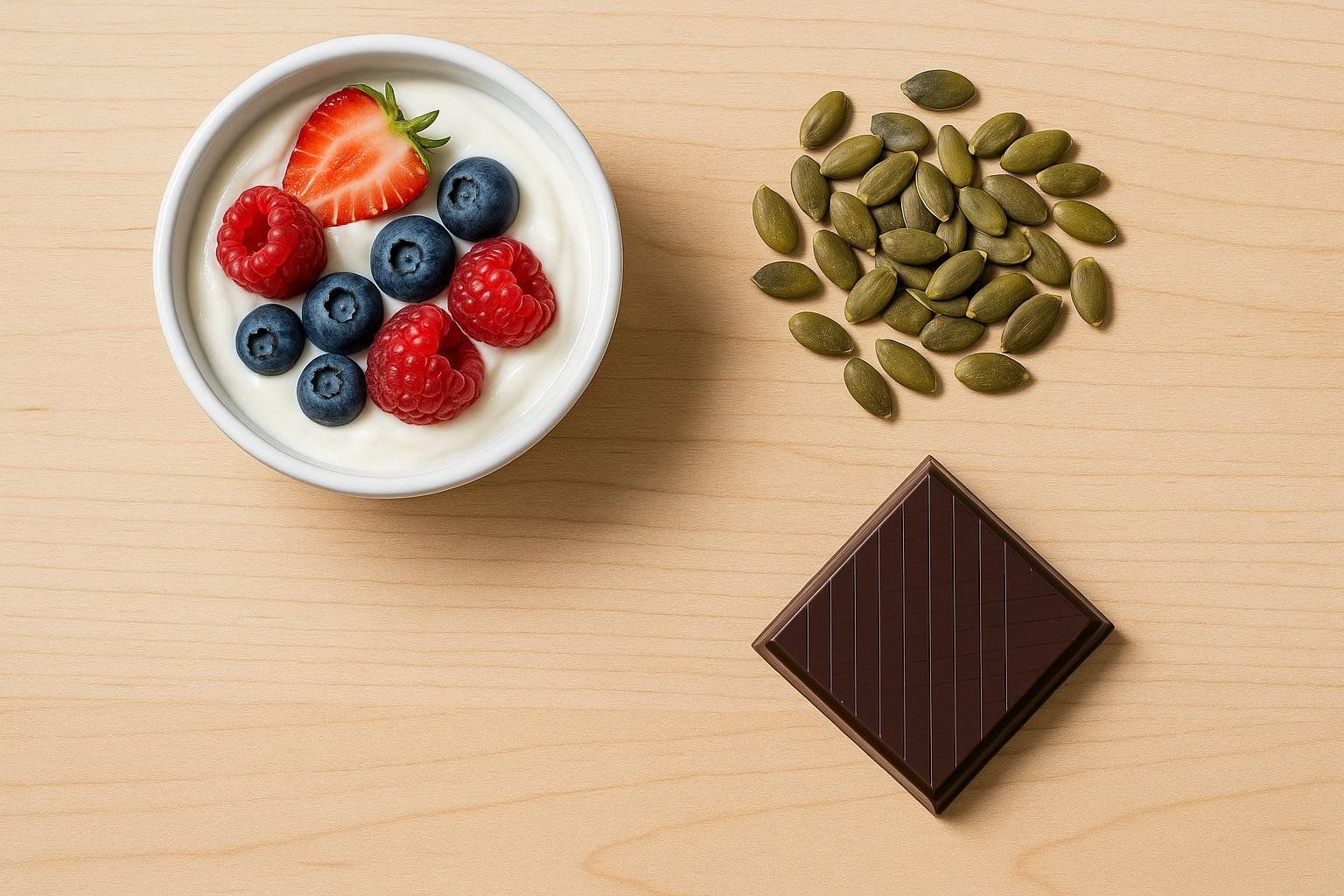
| Category | Why It Helps | Examples |
|---|---|---|
| Fruit with fiber | Satisfies sweet tooth + slows sugar absorption | Berries, apples, oranges |
| Fermented dairy | Provides protein + gut-friendly probiotics | Plain Greek yogurt, kefir |
| Complex carbs | Steady energy = fewer crashes | Oats, lentils, quinoa |
| Magnesium-rich foods | Supports energy metabolism and may help regulate blood sugar | Pumpkin seeds, spinach, dark chocolate (70% or higher cacao) |
| Cinnamon & vanilla | Add perceived sweetness without sugar | Sprinkle into coffee, yogurt, or oatmeal |
Lifestyle Habits That Lower Sugar Urges
1. Prioritize 7–9 Hours of Sleep

Short-changing sleep upsets the ghrelin–leptin balance discussed earlier, leaving you hungrier and more drawn to sweet, high-energy foods the next day.
2. Move Your Body Daily
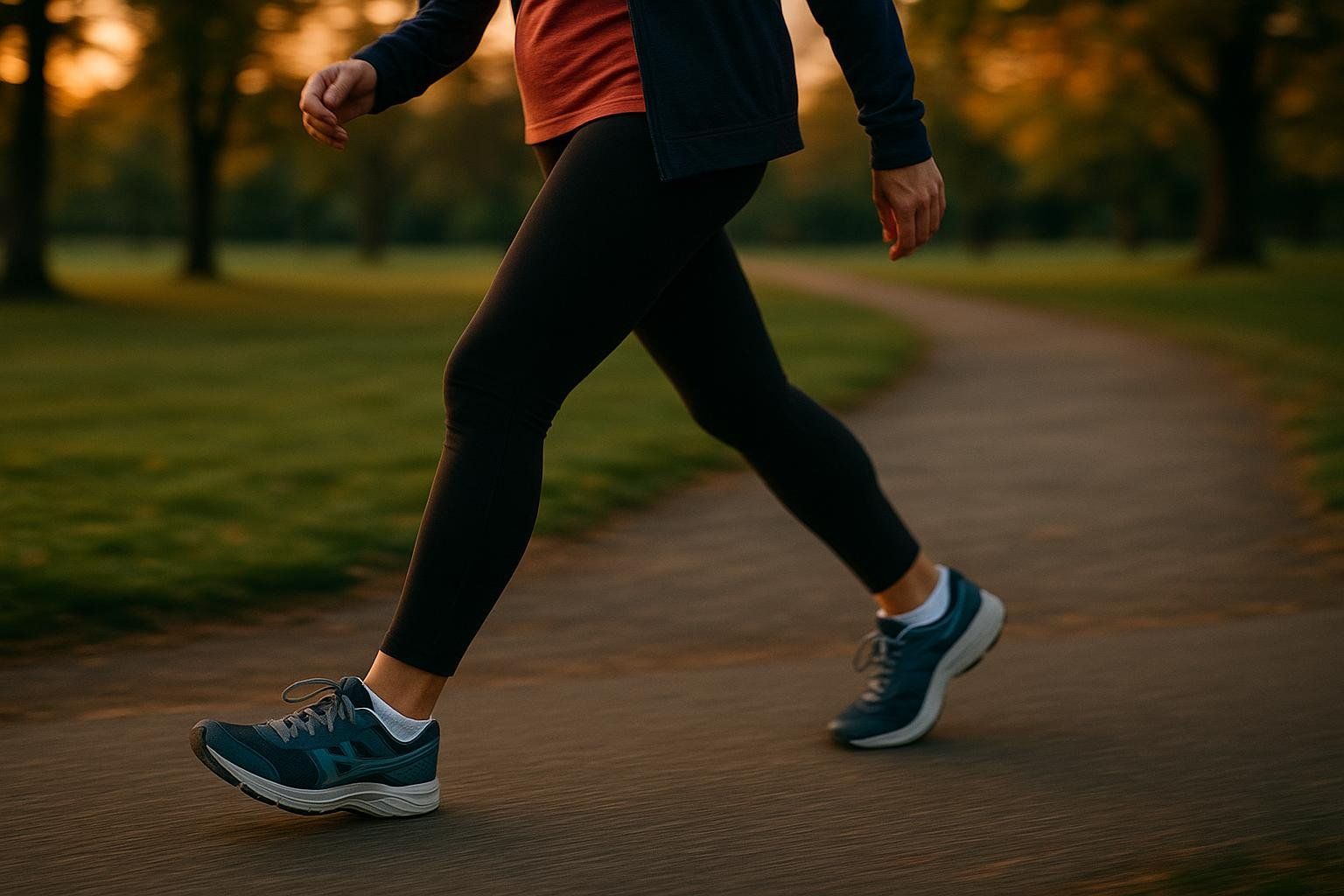
Even a 10-minute walk after meals improves blood-sugar regulation and reduces the post-meal crash that sparks dessert hunts. Aim for a brief, brisk walk within 30 minutes of finishing your meal.
3. Master Stress, Don’t Just Manage It
Chronic stress keeps cortisol elevated, which is tied to abdominal fat and stronger urges for sugary foods. Simple mindfulness techniques can help regulate this response. Try the breathing drills in our guide on Stress and Weight Gain.
4. Keep Temptation Out of Sight
Keeping unhealthy snacks out of sight—or better yet, out of the house or office—significantly reduces the likelihood of mindless munching.
Emotional Triggers & Mindfulness Techniques

First, pause and ask yourself: Is this physical hunger or an emotional cue? Your answer determines the next move.
- If it’s physical hunger: Choose a balanced snack that pairs protein with fiber and healthy fats—think Greek yogurt with berries or apple slices with almond butter.
- If it’s an emotion (stress, boredom, celebration, etc.):
- Name the feeling. (“I’m anxious about tomorrow’s deadline.”)
- Breathe slowly. Inhale for 4 seconds, exhale for 6 seconds—repeat six cycles.
- Take a non-food action. Walk, journal, text a friend, or step outside for fresh air.
This brief mindfulness break severs the automatic link between emotion and sugary comfort foods (Diabetes UK).
Supplements With Emerging — but Not Magic — Evidence

| Supplement | Proposed Mechanism | Evidence Snapshot |
|---|---|---|
| Chromium picolinate | May improve insulin sensitivity and reduce appetite | Small trials report reduced carbohydrate cravings in some participants (Anton et al., 2005). |
| Magnesium | Supports glucose metabolism and may improve insulin sensitivity | Meta-analysis shows supplementation lowers fasting blood glucose, especially in people with low magnesium levels (Veronese et al., 2021). |
| B-complex vitamins | Help synthesize serotonin and dopamine—neurotransmitters tied to appetite and mood | Vitamin B6 acts as a cofactor for enzymes that produce these neurotransmitters, which can influence eating behavior (Linus Pauling Institute). |
Always consult a healthcare professional before adding supplements—especially if you take medications for blood sugar or mood.
Frequently Asked Questions
How long does it take to stop sugar cravings?
Experts at Cleveland Clinic say cravings often start to fade after a couple of weeks of balanced eating and better sleep, while your taste buds may adjust to a lower-sugar diet within about a month (Cleveland Clinic).
Can I eat fruit while trying to reduce cravings?
Yes. Whole fruit contains fiber, water, and micronutrients that blunt blood-sugar spikes—unlike added sugars concentrated in soda or candy.
Will artificial sweeteners help or hurt?
Research is mixed; some evidence suggests they can maintain a preference for intense sweetness and disrupt appetite signals. If you use them, do so sparingly and monitor your cravings.
Is it OK to go “cold turkey” from sugar?
For most people, a gradual reduction is more sustainable and causes fewer withdrawal-like symptoms such as headaches or irritability (Cleveland Clinic).
Key Takeaways
- Sugar cravings are a biological and psychological response—you need to address both.
- Quick fixes (water, protein, gum) buy time; long-term habits (sleep, balanced meals, stress mastery) solve the root cause.
Ready to see the impact of your new low-sugar lifestyle? Book your BodySpec DEXA scan today and turn curiosity into concrete, body-composition data.


